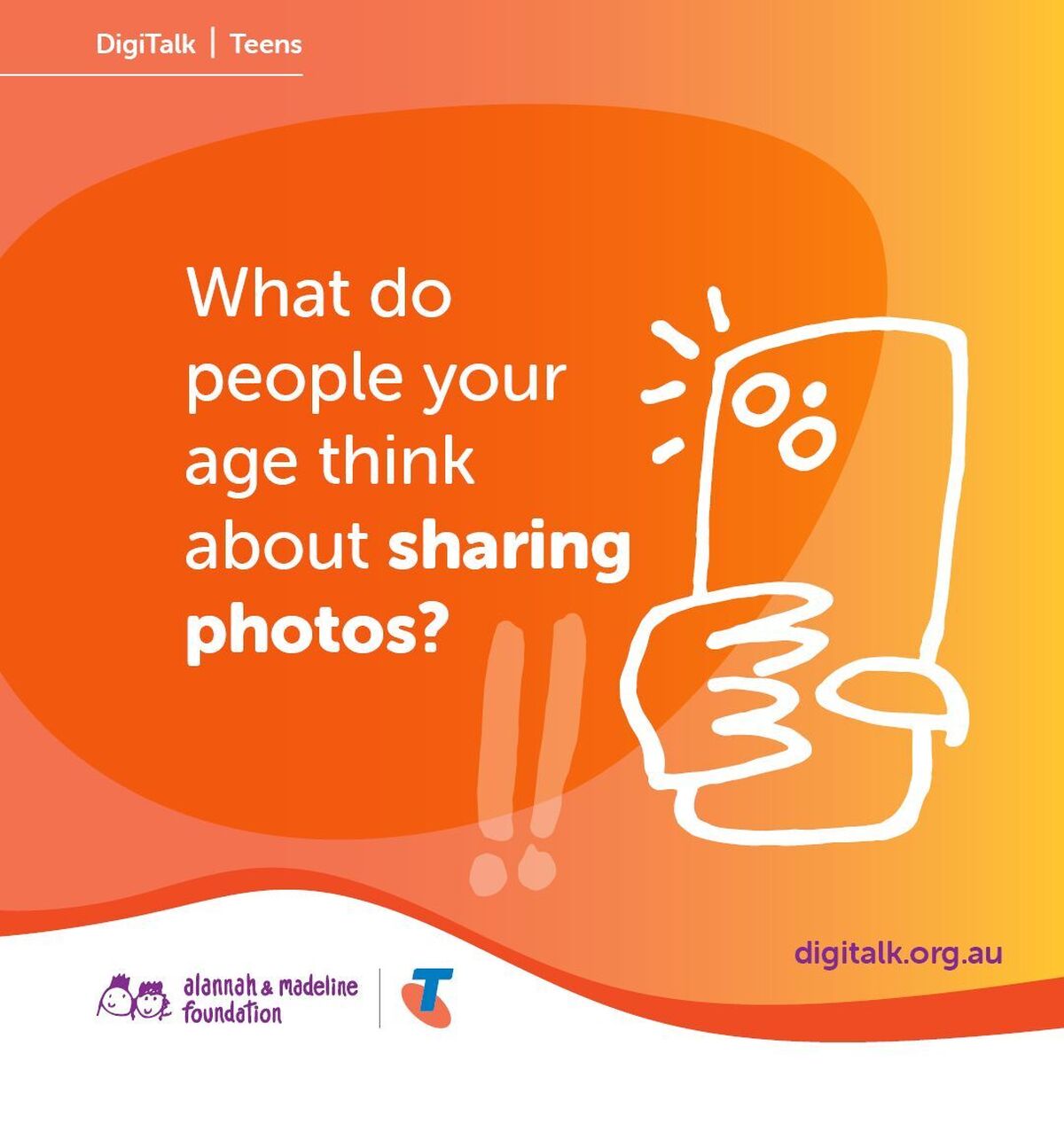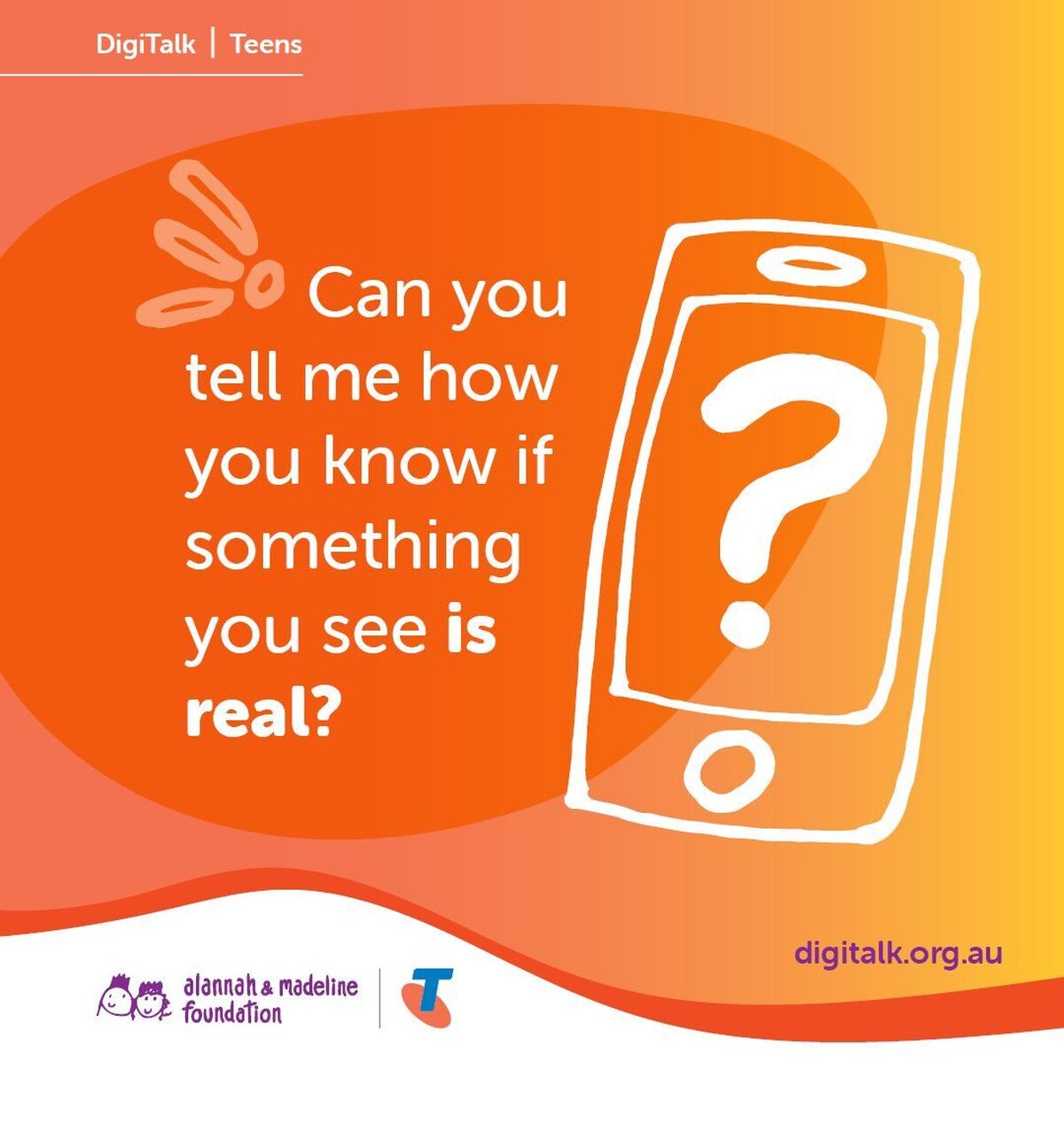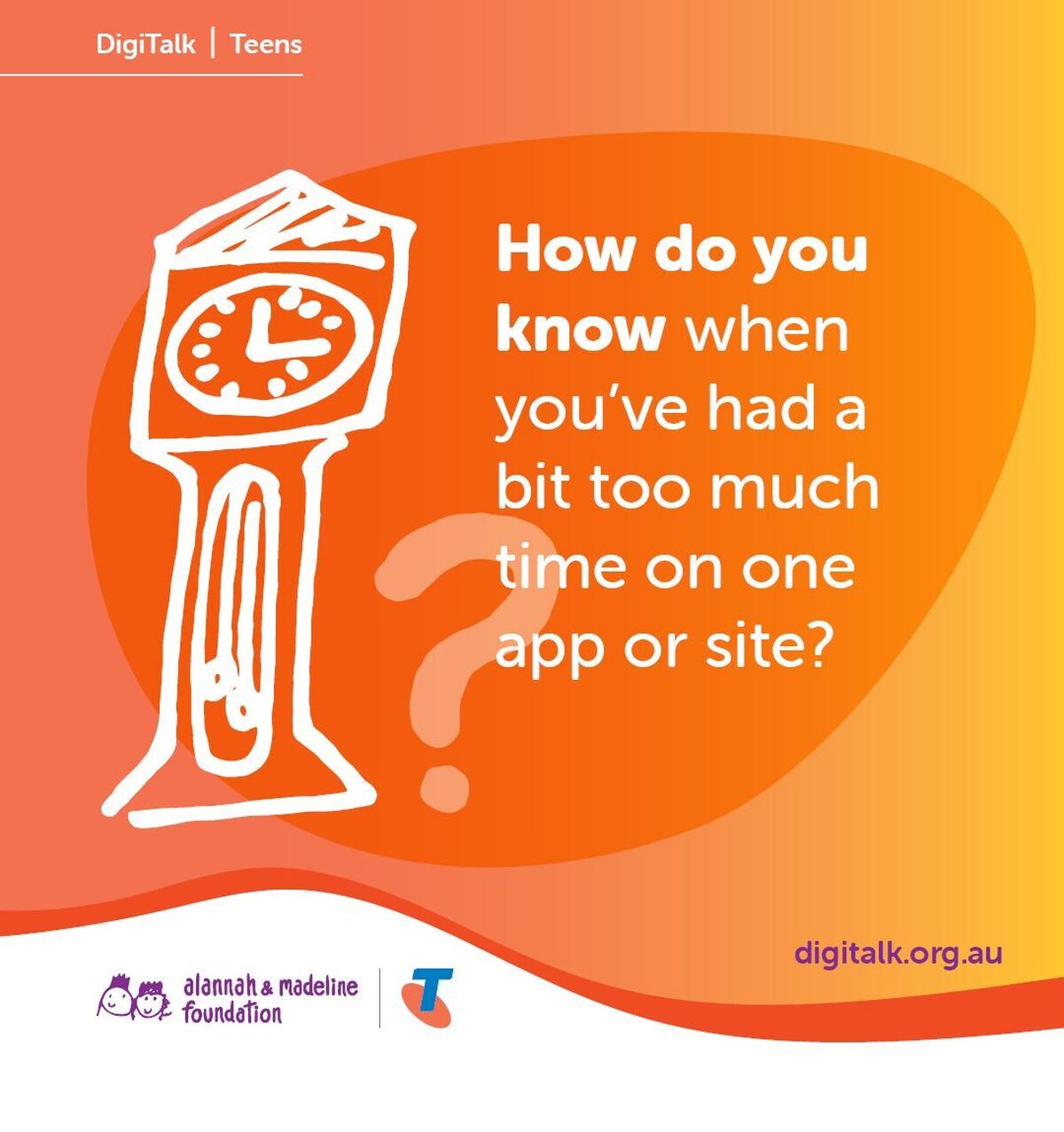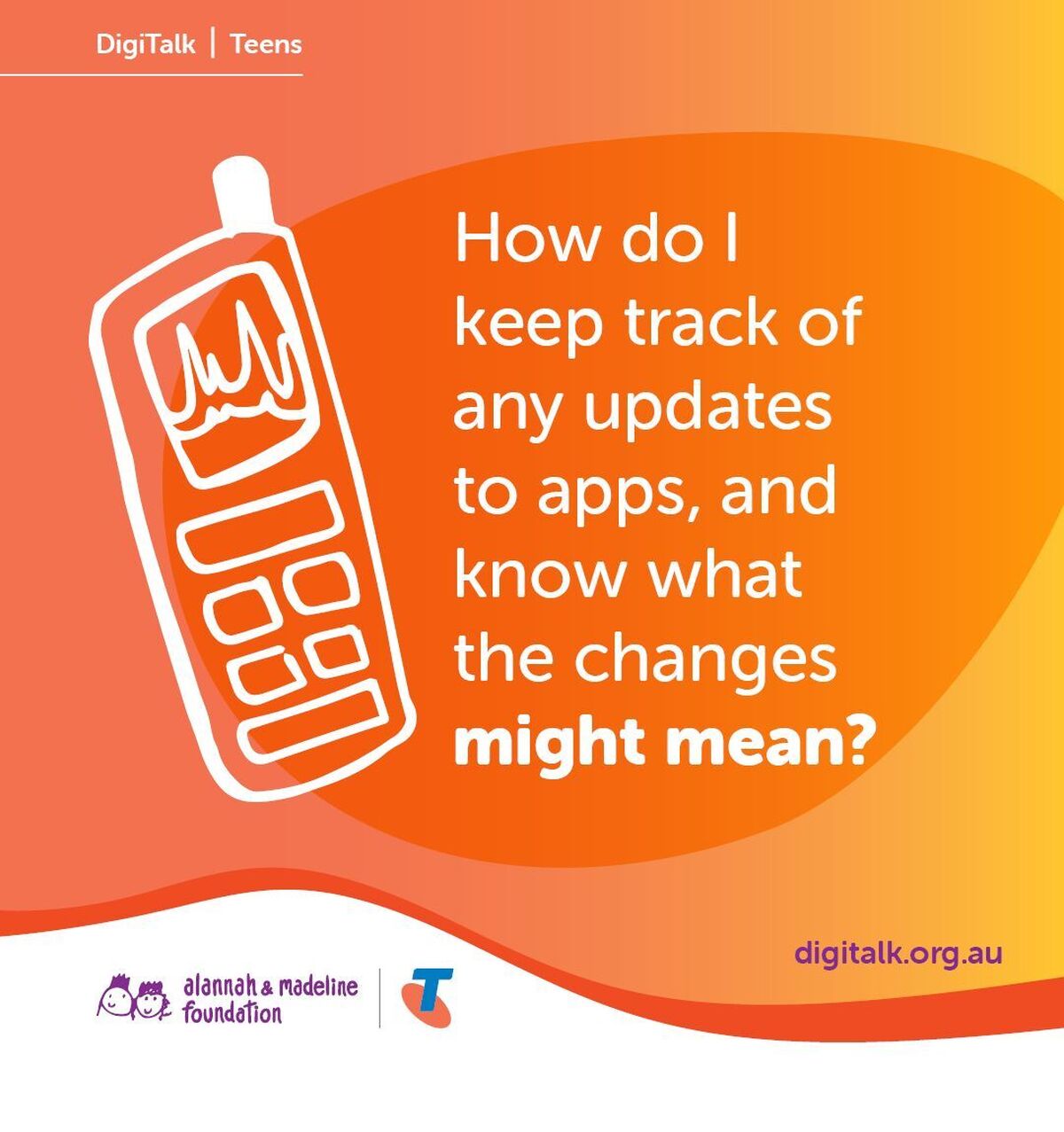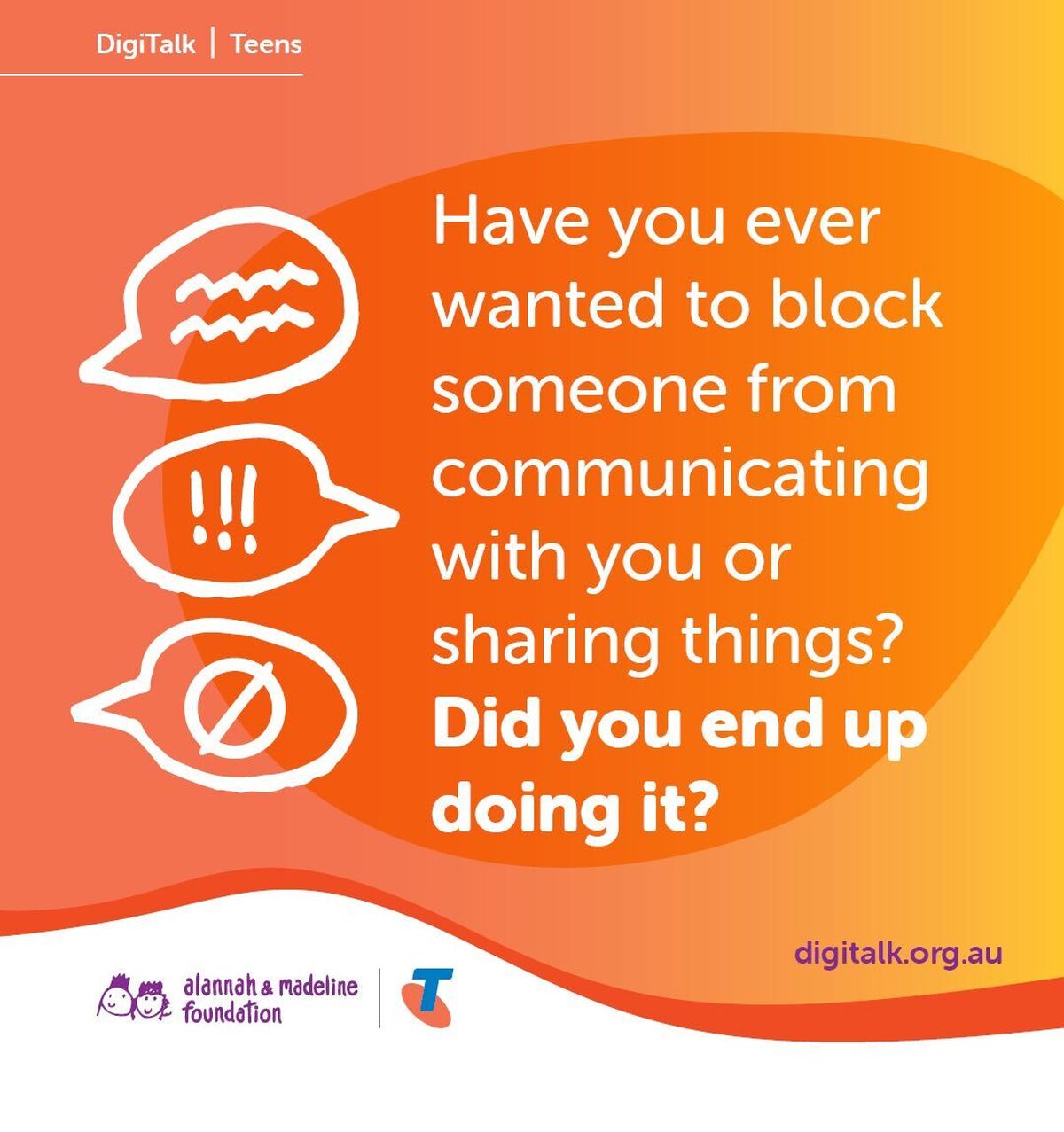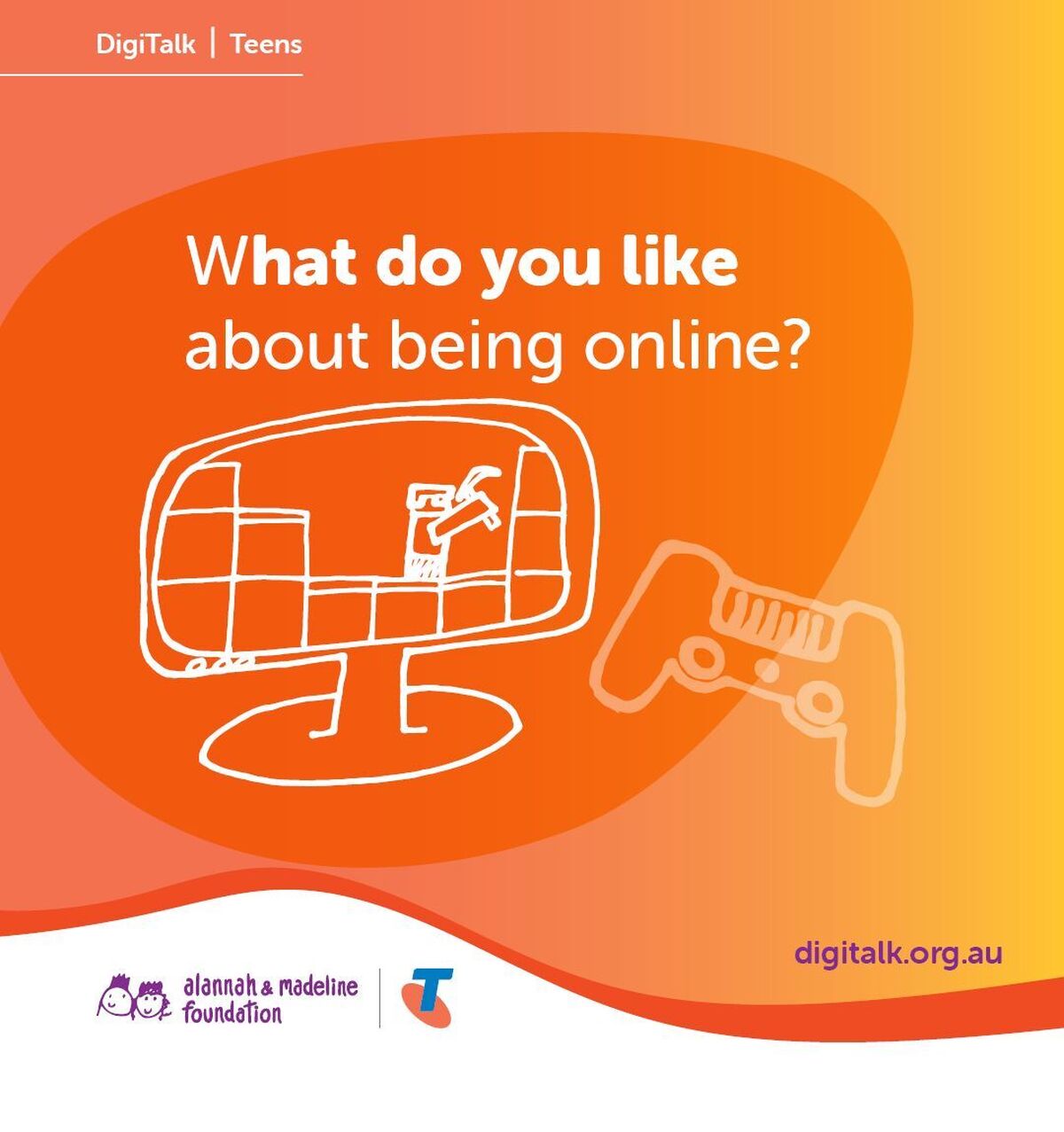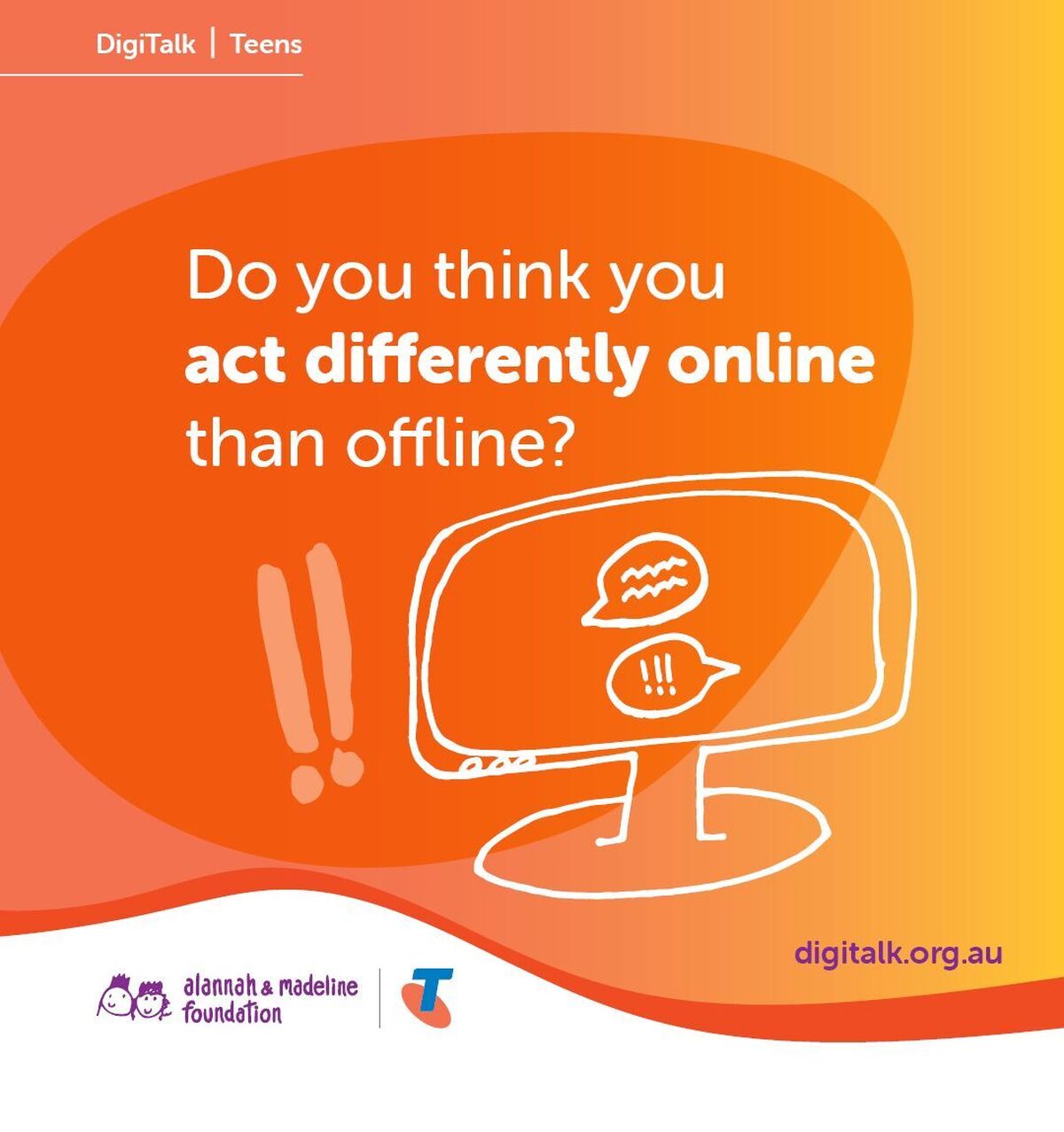Be prepared
Firstly, know a bit about the current sites or apps they’re using. Common Sense Media is a great resource that features reviews on popular movies, games, shows, social apps and podcasts. This site identifies the key themes of the content your child is interested in and can empower you to decide if it is appropriate for their age group.
Our Gamers Guide also features some great practical advice about appropriate terms and words to use.
You don’t need to be an expert, but using the wrong terms could backfire because your teenager might think you really have no idea what’s going on.
The eSafety Guide is a great place to find out the process of blocking and reporting content for different apps. It also provides steps to follow if something concerning arises, such as image-based abuse.

